First Aid Knowledge and Skills: Essential Skills Everyone Should Know
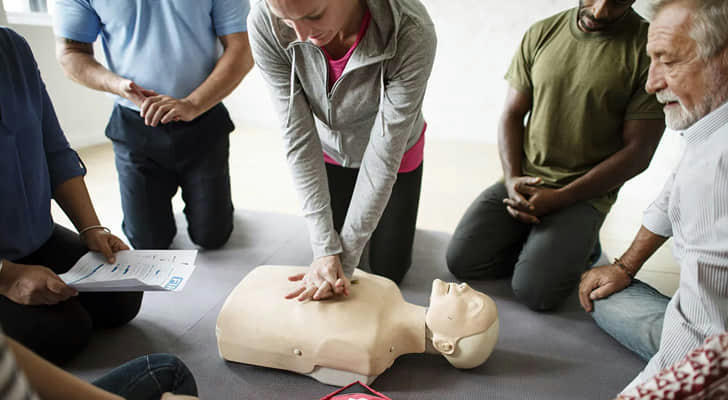
Accidents can happen at any time in our daily lives. Whether it's a small cut or a more serious situation, knowing basic first aid can save lives. This article aims to provide easy-to-understand first aid knowledge and skills so that everyone can handle emergencies effectively.
What is First Aid?
First aid refers to the initial help given to a person who is injured or suddenly becomes ill. It is crucial to know first aid because it can help stabilize the person’s condition until professional medical assistance arrives. Understanding first aid can make a significant difference in emergency situations. Let’s explore some basic skills and techniques.
Why is First Aid Important?
1. Saves Lives: Knowing first aid can prevent minor injuries from becoming serious and may even save a life in critical moments.
2. Speeds Up Recovery: Timely first aid can hasten recovery and reduce the risk of complications.
3. Boosts Confidence: Learning first aid gives you the confidence to act in emergencies and help others effectively.
Real-Life Case Studies
Case Study 1: The Restaurant Incident
Imagine you are having dinner at a restaurant when suddenly, you notice a fellow diner choking on a piece of food. The person is unable to breathe or speak, and panic starts to spread through the crowd.
In this situation, knowing how to perform the Heimlich maneuver becomes crucial. You quickly assess the situation and approach the person from behind. With confidence, you wrap your arms around their waist, make a fist above their navel, and perform quick inward and upward thrusts.
After a few attempts, the food dislodges, and the diner gasps for air. The restaurant staff and other patrons applaud your quick thinking and action. Your knowledge of first aid helped save a life that day.
Case Study 2: The Neighborhood Fall
While out for a walk in your neighborhood, you see an elderly woman fall on the sidewalk. She appears to be in pain and is unable to get up. You rush over to help her.
First, you check if she is responsive and assess her injuries. She has a visible bruise on her arm and is complaining about severe pain in her leg. You remember to keep her still and avoid moving her, as she may have a serious injury.
You call for emergency help and stay with her until they arrive. To make her comfortable, you reassure her and keep her warm with your jacket. Your calm presence helps ease her anxiety, and when the paramedics arrive, you provide them with important information about her condition.
This experience highlights how being prepared with first aid knowledge allows you to help others effectively and compassionately.
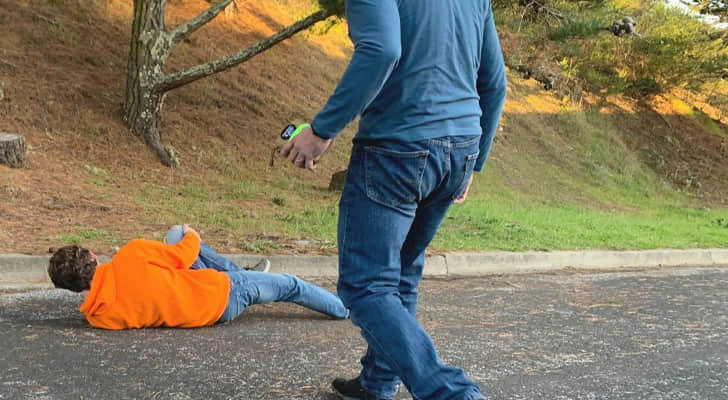
Basic First Aid Skills Everyone Should Know
1. Assessing the Situation
Before providing any first aid, it’s essential to assess the situation. Here are some steps to follow:
● Ensure Safety: Make sure the area is safe for you and the victim. Look out for hazards like traffic or fire.
● Check Responsiveness: Gently shake the person and ask if they are okay. If they don’t respond, call for help immediately.
● Call for Help: If the situation is serious, don’t hesitate to call emergency services. Provide them with clear information about the location and the nature of the emergency.
2. Performing CPR (Cardiopulmonary Resuscitation)
Cardiac arrest can happen suddenly, and CPR can keep blood flowing to vital organs until help arrives. Here’s how to perform CPR:
● Check for Breathing: After ensuring the person is unresponsive, look for signs of breathing. If they aren’t breathing or breathing abnormally, start CPR.
● Chest Compressions: Place your hands in the center of the person’s chest. Push hard and fast (about 100-120 compressions per minute) to a depth of about 2 inches. Allow the chest to fully rise between compressions.
● Rescue Breaths: After 30 compressions, give 2 rescue breaths. To do this, tilt the person’s head back slightly, pinch their nose, and give a breath into their mouth. Watch for their chest to rise. Repeat this process until help arrives.
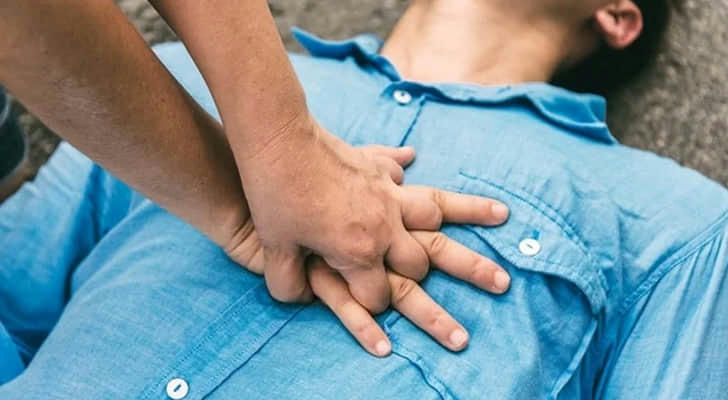
3. Treating Cuts and Scrapes
Most minor injuries can be treated easily at home. Here’s what to do for cuts and scrapes:
● Clean the Wound: Rinse the cut under clean water to remove dirt. Use mild soap if necessary.
● Stop the Bleeding: Apply gentle pressure with a clean cloth or bandage. If the bleeding doesn’t stop, keep applying pressure.
● Cover the Wound: Once the bleeding stops, apply an adhesive bandage or sterile dressing to protect the wound from infection.
4. Managing Burns
Burns can be painful and may require special care. Follow these steps for treating burns:
● Cool the Burn: Place the burn under cool (not cold) running water for at least 10 minutes. This helps reduce pain and swelling.
● Cover the Burn: Use a clean, non-stick bandage to cover the burn. Avoid using ice, butter, or ointments, as these can worsen the injury.
● Seek Medical Help: For serious burns, such as those that cover a large area or are deep, seek professional medical help immediately.
5. Responding to Choking
Choking can be life-threatening. If someone cannot breathe or speak, they may be choking. Here’s how to help:
● Encourage Coughing: If the person can cough, encourage them to do so. This can help dislodge the object.
● Heimlich Maneuver: If coughing doesn’t work, stand behind the person. Wrap your arms around their waist and make a fist. Place your fist above their navel and thrust inward and upward. Repeat until the object is expelled.
● Call for Help: If the person becomes unresponsive or the obstruction does not clear, call emergency services immediately.
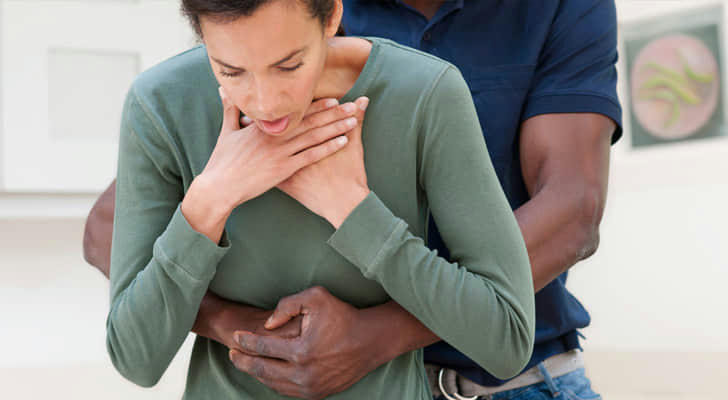
6. Treating Sprains and Strains
Sprains and strains can occur during physical activities. Here’s how to manage them:
● Rest: Avoid using the injured area. This helps prevent further damage.
● Ice: Apply ice to the affected area for 15-20 minutes every hour to reduce swelling.
● Compression: Wrap the area with an elastic bandage to help reduce swelling.
● Elevation: Keep the injured area raised above heart level to help decrease swelling.
7. Recognizing and Responding to Shock
Shock can occur after a severe injury or loss of blood. It’s crucial to recognize the signs and respond appropriately:
● Signs of Shock: Look for symptoms like confusion, pale skin, rapid heartbeat, and shallow breathing.
● Lay the Person Down: Have the person lie down and elevate their legs if possible. This helps blood flow to vital organs.
● Keep Them Warm: Use a blanket or coat to keep them warm. This can help prevent hypothermia.
● Seek Medical Help: Always call for emergency help if you suspect someone is in shock.
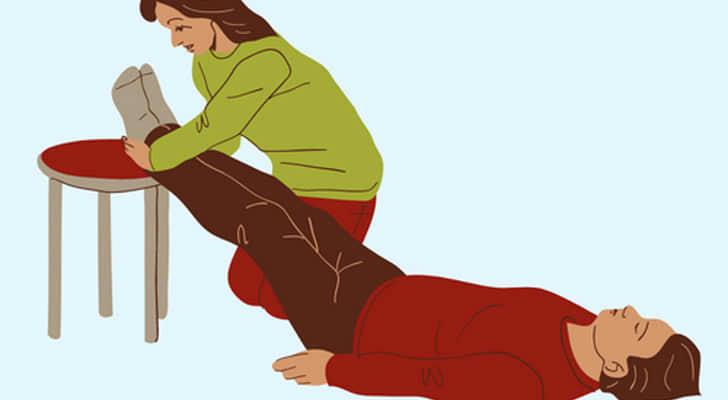
Conclusion
Knowing basic first aid can make a significant difference in emergencies. By mastering these essential skills, you can help save lives and provide comfort to those in need. Remember, first aid is not just about dealing with injuries; it’s also about being prepared and having the confidence to act when necessary.
Whether you’re at home, work, or in public, being equipped with first aid knowledge can empower you to make a positive impact. Take the time to learn and practice these skills, as they can help you respond effectively in critical situations.
